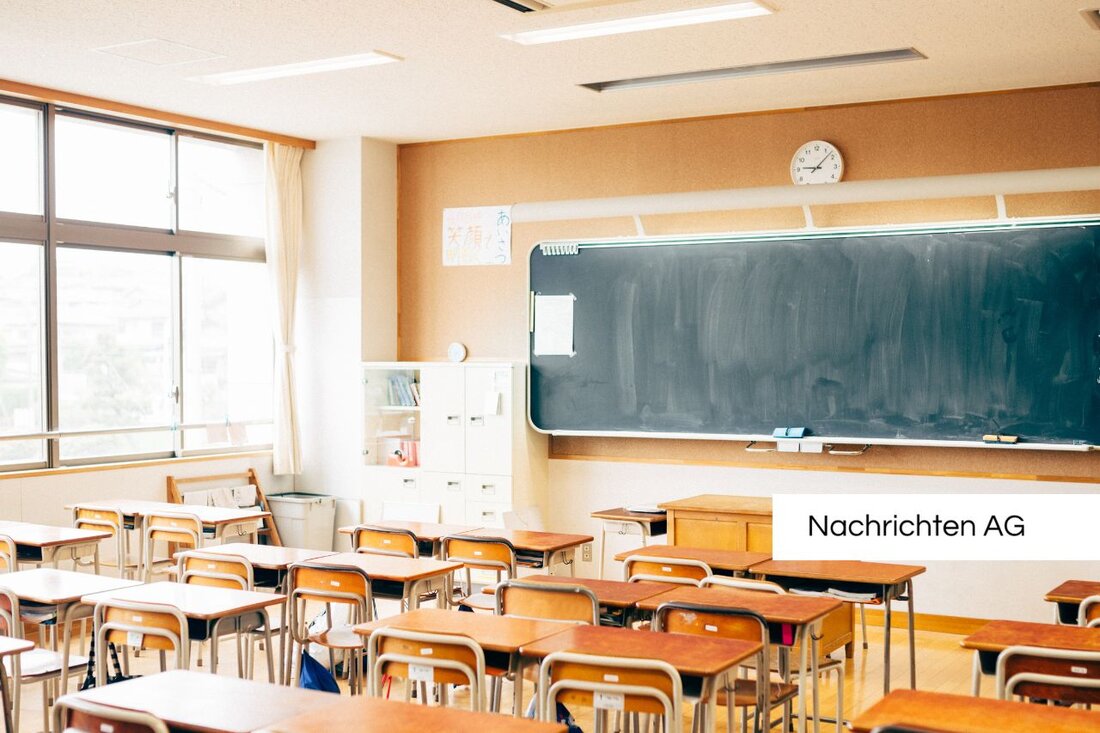Opportunity index: This enables school dropouts to drop drastically in Austria!
The opportunities index in Vienna is examined to reduce school abortions and improve educational opportunities. Studies show the influence of social mixing.

Opportunity index: This enables school dropouts to drop drastically in Austria!
The educational success of students in Austria is strongly influenced by social mixing in schools. An analysis by the Institute for Higher Studies (IHS) shows that a high number of socially burdened students at one location increases the risk of school abandonation and reduces the chances of a Matura. Claudia Reiter, who carried out the study, found that schools with a high social disadvantage are particularly challenging. In such schools, students generally have a greater probability of only completing the compulsory school, which can have dramatic consequences for their future. Around a third of young people in difficult middle schools leave the education system prematurely, which causes enormous fiscal costs of 460 million euros annually, such as [vienna.at] (https://www.vienna.at/cchantsindex-kann--wetz- von-schulabrbruch-stark-verringern/9505010) reports.
An important instrument for combating these inequalities is the opportunities index that measures social mixing in schools. It is based on the educational level of the parents and the colloquial language of the students. The Austrian federal government plans to specifically distribute resources to disadvantaged locations in order to increase equal opportunities in education. Philipp Schnell from the Austrian Institute for Vocational Training Research emphasizes that better equipment and more staff can contribute to a positive learning environment in challenging schools, which is reflected in better grades and a higher psychological well -being of the students.
positive effects of targeted support
According to evaluation studies, additional funds for focal points can significantly improve the learning results and reduce school abortions. Belgium has had similar experiences, where the number of early school leavers could be halved through a needs -based school financing. In the United States, the Community Schools Model is pursuing an interesting approach: There, schools are the focus there as central contact points for families in order to meet basic needs and thus break through the circulation of poverty. With additional resources, the absence rates in these schools were significantly reduced, as Diakonie.at supplemented.The discussion about educational justice is not new. It calls for the same educational opportunities for everyone, regardless of gender, origin or social status. Educational justice includes numerous aspects, including early childhood education, the role of inclusion, digitization and structural reforms for promoting fair education. An analysis of educational inequality in Germany shows that many factors in this country also have an impact on educational opportunities. Challenges such as the early division into different school forms increase social inequality and require urgent measures to improve the framework conditions, such as in the [specialist portal pedagogy] (https://www.fachportal-paedagogik.de/forschungsinformation/literatur-bildungs equestrity-12847-de.html).
An integrated educational relationship that looks at the pupils of all social backgrounds equivalent is essential. The Federal Government has the task of minimizing educational rights and ensuring a permeable school structure. The investment in social mix and just school financing could not only improve the quality of education, but also save long -term costs through reduced school drops and thus have positive effects for the entire society.

 Suche
Suche
